
The histone H3 variant H3.3 regulates gene body DNA methylation in Arabidopsis thaliana
Blog, Plant Science Research Weekly, Research, Research BlogThe histone H3 variant H3.3 is distinguished by its expression throughout the cell cycle, while H3.1 is expressed predominantly during DNA replication. Genome-wide ChIP studies in plants have shown that H3.3 is associated with actively transcribed genes, and enriched near the transcriptional end sites.…
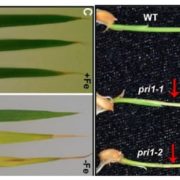
POSITIVE REGULATOR OF IRON HOMEOSTASIS 1, OsPRI1, facilitates iron homeostasis ($)
Blog, Plant Science Research Weekly, Research, Research BlogZhang et al. showed that POSITIVE REGULATOR OF IRON HOMEOSTASIS 1 (OsPRI1), a bHLH transcription factor, is an interacting partner of the iron-binding sensor OsHRZ1. A loss-of-function mutation of OsPRI1 is responsible for a hypersensitive response to Fe deficiency. OsPRI1 works downstream of OsHRZ1…
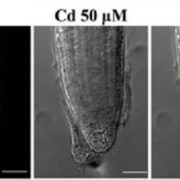
In Arabidopsis thaliana cadmium affects growth of the primary root by altering SCR expression and auxin-cytokinin crosstalk
Blog, Plant Science Research Weekly, Research, Research BlogCadmium is a toxic metal in our environment. Bruno et al. explored cadmium-mediated root-growth inhibition using the model plant Arabidopsis thaliana. Cadmium affects root growth longitudinally by reducing root meristem cell number and radially by controlling the number and width of stele cells. The…
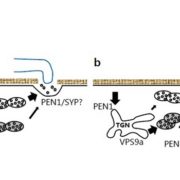
VPS9a activates the Rab5 GTPase ARA7 to confer distinct pre- and post-invasive plant innate immunity ($)
Blog, Plant Science Research Weekly, Research, Research BlogFungal invasion exploits plant cell membrane trafficking components. For instance, plant immunity against fungi such as Vlumeria graminis f.sp. hordei (Bgh) is defined through two stages: pre- and post-invasive immunity. Nielsen et al. found that Vacuolar Protein Sorting 9a (VPS9a) acts as a guanine…
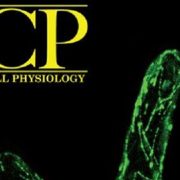
The ARM domain of ARMADILLO-REPEAT KINESIS 1 is not required for microtubule catastrophe but can negatively regulate NIMA-RELATED KINASE 6 in Arabidopsis thaliana
Blog, Plant Science Research Weekly, Research, Research BlogARMADILLO-REPEAT KINESIN 1 (ARK1) promotes microtubule disassembly and NIMA-RELATED KINASE 6 (NEK6) organizes microtubule arrays. Previous studies showed that NEK6 interacts with ARK1 through Armadillo-repeat (ARM) cargo domain. Eng et al. looked at two constructs: one which lacks ARM (ARK1▲ARM-GFP)…
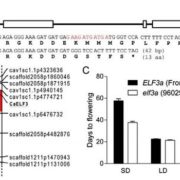
The chickpea Early Flowering 1 (Efl1) locus is an ortholog of Arabidopsis ELF3 ($)
Blog, Plant Science Research Weekly, Research, Research BlogChickpea is a highly cultivated member of the legume family, mostly in India, Australia, Pakistan, Turkey, Burma, Iran, Canada and the US. The detrimental threat for chickpea is the invasion of Ascochyta blight, which is caused by the fungal pathogen Ascochyta rabiei (formerly known as Phoma rabiei). The…
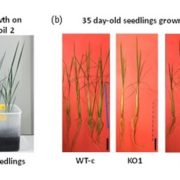
Production of low-Cs+ rice plants by inactivation of the K+ transporter OsHAK1 with the CRISPR-Cas system
Blog, Plant Science Research Weekly, Research, Research BlogNuclear accidents in recent years such as the Fukushima incident during the tsunami in 2011 revealed the detrimental effects of leaked radioactive cesium (Cs) in environmental soil and water. Due to Cs's chemical similarity with potassium, an essential macronutrient for plants, cesium is taken up by…
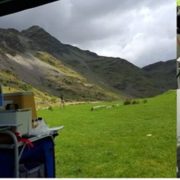
Field-based species identification of closely-related plants using real-time nanopore sequencing
Blog, Plant Science Research Weekly, Research, Research BlogDNA sequencing was slow before the development of high throughput sequencing. Portable DNA sequencing, which would make sequencing on-site a reality, was impossible until recently. Parker et al. report on the on-site use of MinION from Oxford Nanopore Technologies for DNA barcoding, which yields data…
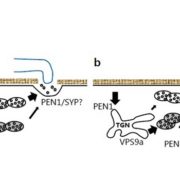
What We're Reading: September 1st
Blog, Research, Research BlogThis week's issue of What We're Reading is guest edited by Arif Ashraf, a PhD student at Iwate University, Japan, and Graduate Student Ambassador of ASPB. His research interest is understanding the hormonal interplay in primary root development of Arabidopsis thaliana. He blogs about plant science at…

